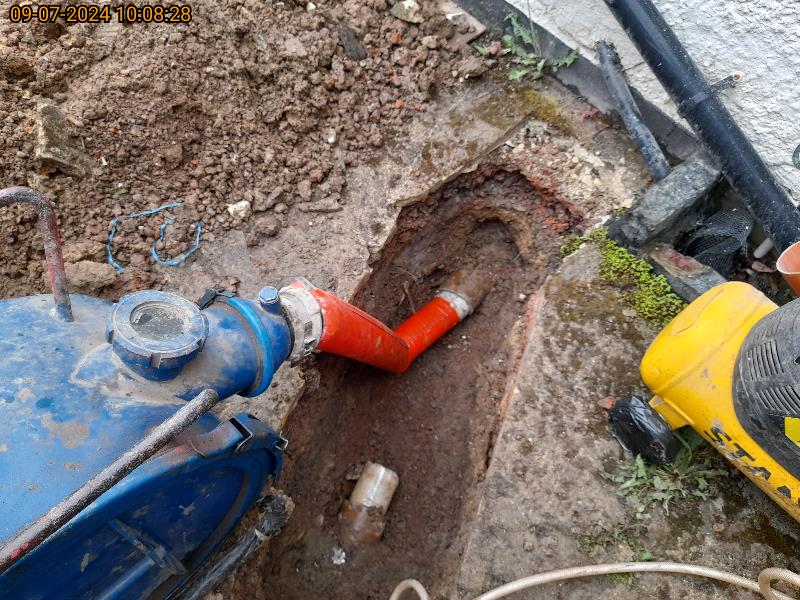Exploring trenchless technology unveils a modern marvel in underground infrastructure repair, especially through trenchless pipe bursting. This innovative method stands out as an environmentally friendly alternative to the disruptive traditional excavation processes that have dominated for years. With its ability to fix problems like leaking or collapsed sewer lines without extensive digging, it saves both your property and peace of mind.
Techniques such as cured-in-place piping (CIPP) lining along with pipe bursting tailor solutions across various issues efficiently. Considering the costs involved offers insights into making informed decisions on addressing these crucial repairs effectively.
Benefits of Trenchless Technology
When you face underground infrastructure damage, trenchless technology emerges as a lifeline. Unlike the disruption caused by traditional digging methods, this innovative solution preserves your yard and peace of mind. It’s not just about avoiding a torn-up lawn; it significantly reduces environmental impact too.
Techniques like pipe bursting replace old pipes without massive trenches—imagine fixing sewer lines with minimal surface disturbance! This method is particularly revolutionary, offering an alternative that bypasses extensive excavation while ensuring safety and efficiency. Furthermore, for those worried about the costs, trenchless pipe bursting cost can be surprisingly economical in comparison to traditional approaches when considering long-term restoration efforts and reduced labor intensity.
Transitioning to such modern methodologies signifies progress towards more sustainable construction practices capable of preserving both our environment and wallets whilst tackling infrastructural issues head-on.
Cost Comparison with Traditional Methods
When you consider trenchless pipe bursting, think about its cost-effectiveness compared to traditional methods. Traditional digging, or open-top excavation, involves large trenches. These require significant labor and can disrupt your yard for weeks.
In contrast, the trenchless approach requires minimal ground disturbance. You’ll need two small access points instead of a massive trench across your property. Here’s where savings kick in: less labor and time mean lower costs for you.
Plus, avoiding extensive yard repairs post-operation adds up to more savings over time as well. Remember though; initial setup might need slight digging—to set the new pipe into place—but it’s minor when compared to full-scale excavations seen with other methods.
Planning Your Budget for Pipe Bursting
When planning your budget for pipe bursting, it’s essential to weigh the specifics of your situation. Pipe bursting shines in efficiency and cost-effectiveness but isn’t right for every scenario. For instance, if a section of your pipeline has collapsed or is severely damaged near other utilities, this method poses risks due to potential damage from displaced fragments.
Trenchless methods like pipe bursting often have lower labor costs due to the fact that less digging is required compared with traditional excavation. However, the total expense can sometimes approach that of excavation depending on factors such as soil condition and pipe proximity to the surface. If you’re facing minor excavation needs, costs could be low already.
Dealing with complex situations involving nearby utility lines or unstable soil conditions around the pipe might complicate trenchless repair and make it less economical. Always consider these situational nuances before deciding. For actual numbers: traditional sewer repair averages between $150-$250 per foot; however, prices vary widely based on location and project complexity.
Trenchless repairs like lateral lining range about $135-$150 per linear foot whereas specific expenses for pipe bursting may differ according to job requirements yet offer competitive pricing plus reduced ground disturbance benefits.

